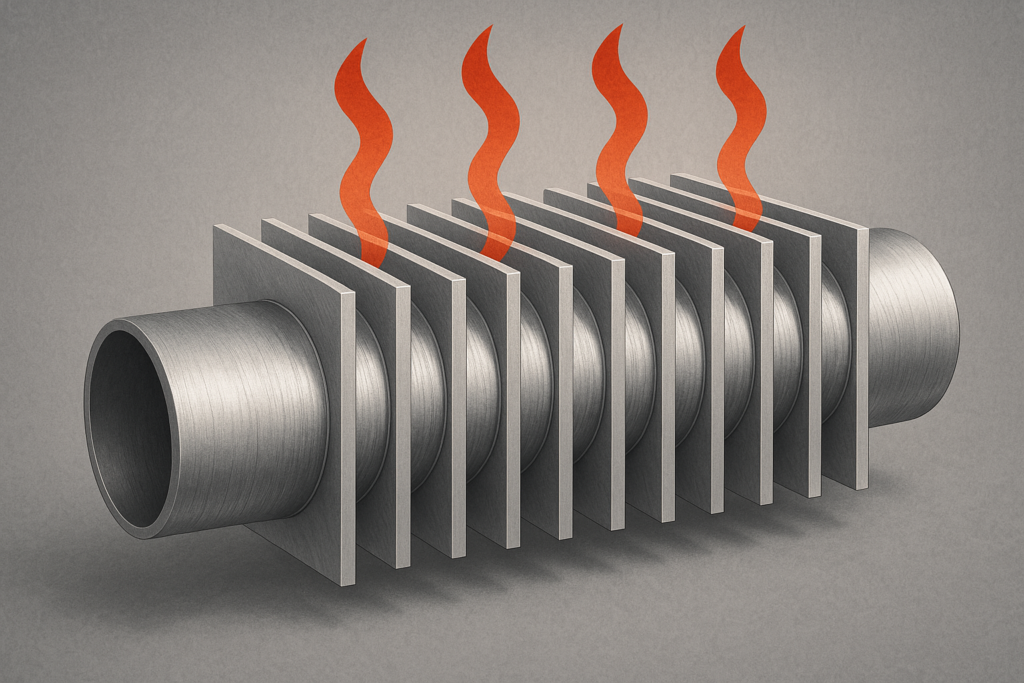Fin Efficiency Explained — Discover how extended surfaces improve heat transfer efficiency in HVAC systems using simple formulas and real-life examples.


Fin Efficiency Explained — Discover how extended surfaces improve heat transfer efficiency in HVAC systems using simple formulas and real-life examples.